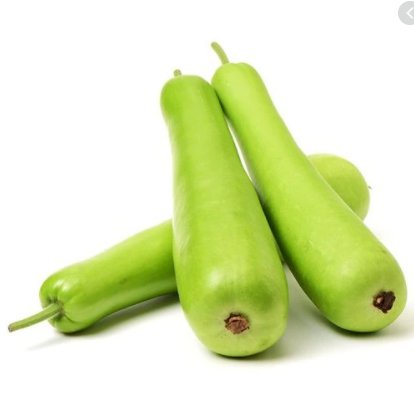Only. 10 seeds germinate out of all
We are sorry for the low germination, but Zinnia flowers are summer season flowers and need high temperatures to germinate and grow well. Please plant them at the beginning of the summer season
No germination
We are extremely sorry for it. We will be in touch with you to understand the reason and send you new seeds free of cost.
Please check with the courier service. The product I order didn't deliver to me.
Your order was returned by the courier because of the delays due to weather conditions. We are extremely sorry for it. We will reprocess your order and also give you 10% extra discount and ship through a different courier.
Fantastic
Thanks for your review. It motivates us to do better.
100 Premium Seeds of Cleome Spinosa Mixed Flowers
Thank you for your review. Your support motivates us to do better.










